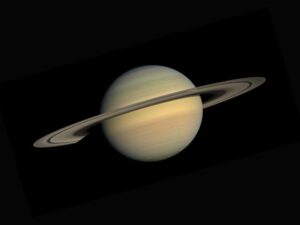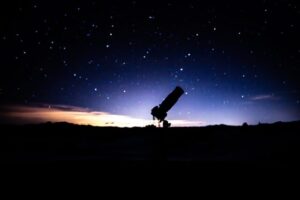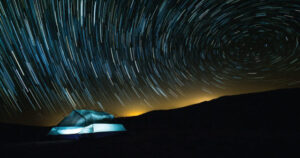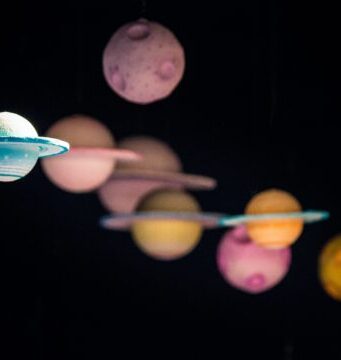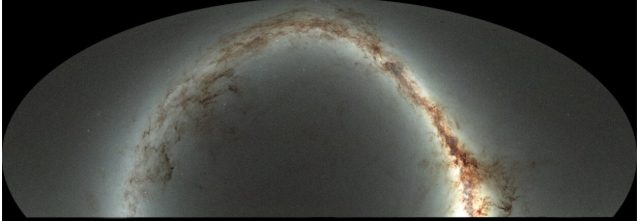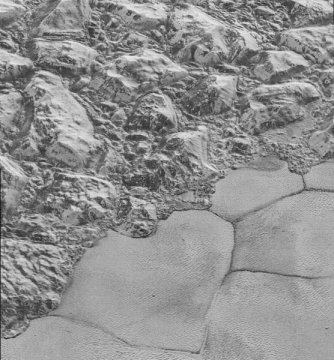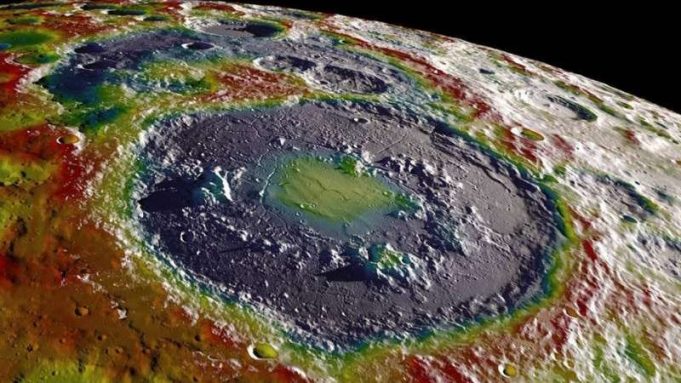False color image of Cassiopeia A using Hubble and Spitzer telescopes and Chandra X-ray Observatory.
Credit: NASA/JPL-Caltech
An international team of scientists has found evidence of a series of massive supernova explosions near our solar system, which showered Earth with radioactive...
The rediscovery of a lost planet could pave the way for the detection of a world within the habitable "Goldilocks zone" in a distant solar system.
The planet, the size and mass of Saturn with an orbit of thirty-five days,...
A team of astronomers at the University of Hawaiʻi at Mānoa Institute for Astronomy (IfA) has produced the world's largest three-dimensional astronomical imaging catalog of stars, galaxies and quasars. The team used data from UH's Panoramic Survey Telescope and...
A new study led by Purdue and CU-Boulder researchers shows that comet splitting and reuniting may be fundamental to comet evolution. Credit: ESA/Rosetta/MPS for OSIRIS Team MPS/UPD/LAM/IAA/SSO/INTA/UPM/DASP/IDA
For some comets, breaking up is not that hard to do.
A new study...
Scientists have discovered dunes on Pluto, and say they are likely to have been formed of methane ice grains released into its rarefied atmosphere.
Writing in Science, an international team of geographers, physicists and planetary scientists have analysed detailed images...
Artist's impression of the dust disk and a forming planet around TW Hydrae.Credit: NAOJ
A number of extrasolar planets have been found in the past two decades and now researchers agree that planets can have a wide variety of characteristics....
A team led by Southwest Research Institute has concluded that the surface of dwarf planet Ceres is rich in organic matter. Data from NASA's Dawn spacecraft indicate that Ceres's surface may contain several times the concentration of carbon than...
SwRI scientists are studying the geology associated with the organic-rich areas on Ceres. Dawn spacecraft data show a region around the Ernutet crater where organic concentrations have been discovered (labeled “a” through “f”). The color coding shows the strength...
Like the waistband of a couch potato in midlife, the orbits of planets in our solar system are expanding. It happens because the Sun's gravitational grip gradually weakens as our star ages and loses mass. Now, a team of...
Since its discovery in 2016, planetary scientists have been excited about TRAPPIST-1, a system where seven Earth-sized rocky planets orbit a cool star. Three of the planets are in the habitable zone, the region of space where liquid water...
The Moon's south pole region is home to some of the most extreme environments in the solar system: it's unimaginably cold, massively cratered, and has areas that are either constantly bathed in sunlight or in darkness. This is precisely...



